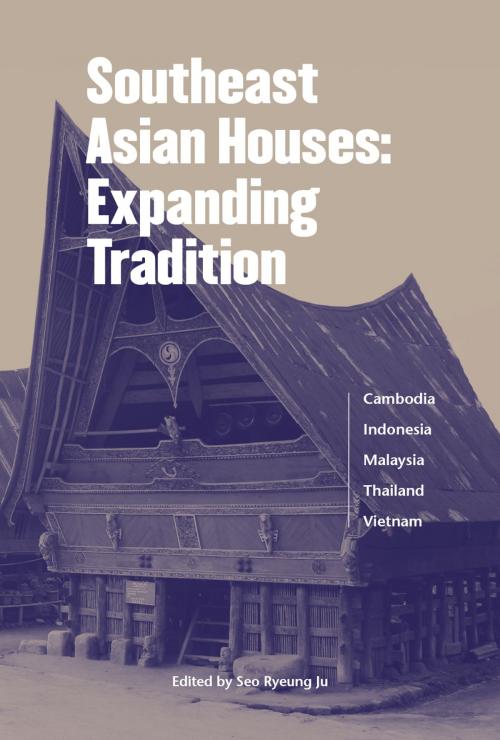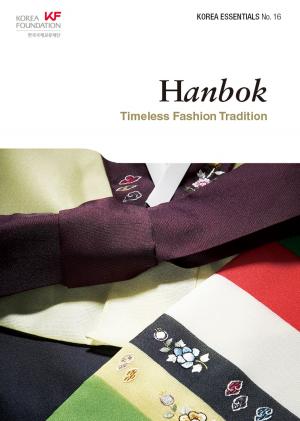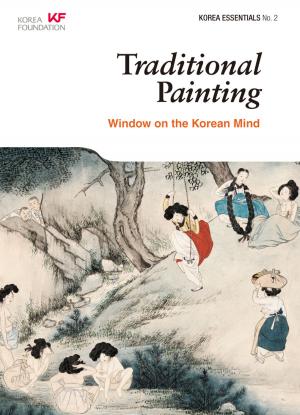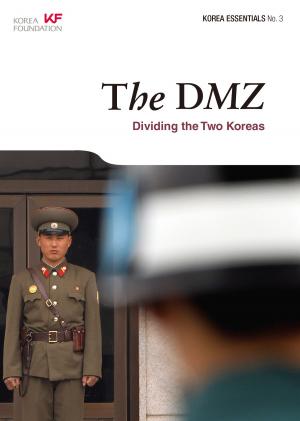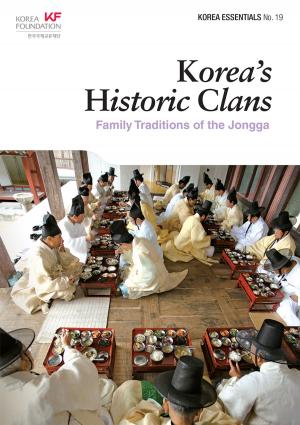Southeast Asian Houses: Expanding Tradition
Nonfiction, Home & Garden, The Home, Design & Construction, History, Asian, Southeast Asia, Social & Cultural Studies, Social Science, Cultural Studies, Customs & Traditions| Author: | Seo Ryeung Ju, Himasari Hanan, Syed Iskandar Ariffin, Wandee | ISBN: | 9781624120985 |
| Publisher: | Seoul Selection | Publication: | July 31, 2017 |
| Imprint: | Language: | English |
| Author: | Seo Ryeung Ju, Himasari Hanan, Syed Iskandar Ariffin, Wandee |
| ISBN: | 9781624120985 |
| Publisher: | Seoul Selection |
| Publication: | July 31, 2017 |
| Imprint: | |
| Language: | English |
Southeast Asian architecture tends to be generalized under one umbrella due to the countries’ common geographical, climatic, and historical context. However, Southeast Asian countries are dissimilar due to their ethnic and religious differences, which led to each country’s own subtle characteristics in housing. In order to identify the commonality and diversity among Southeast Asian architecture, details of the architectural forms have to be carefully analyzed.
This book begins with an introductory section about housing culture in Southeast Asia as a whole and then examines the traditional houses of five countries in more detail. Each chapter contains a brief summary of a Southeast Asian country’s history and culture and an introduction to the general characteristics and major types of traditional houses of the country. This is followed by a detailed explanation on the form and significance of one of the country’s major types of housing. The authors also explain how traditional houses are being modernized, offering a glimpse at the future of traditional housing in each country.
Southeast Asian architecture tends to be generalized under one umbrella due to the countries’ common geographical, climatic, and historical context. However, Southeast Asian countries are dissimilar due to their ethnic and religious differences, which led to each country’s own subtle characteristics in housing. In order to identify the commonality and diversity among Southeast Asian architecture, details of the architectural forms have to be carefully analyzed.
This book begins with an introductory section about housing culture in Southeast Asia as a whole and then examines the traditional houses of five countries in more detail. Each chapter contains a brief summary of a Southeast Asian country’s history and culture and an introduction to the general characteristics and major types of traditional houses of the country. This is followed by a detailed explanation on the form and significance of one of the country’s major types of housing. The authors also explain how traditional houses are being modernized, offering a glimpse at the future of traditional housing in each country.
